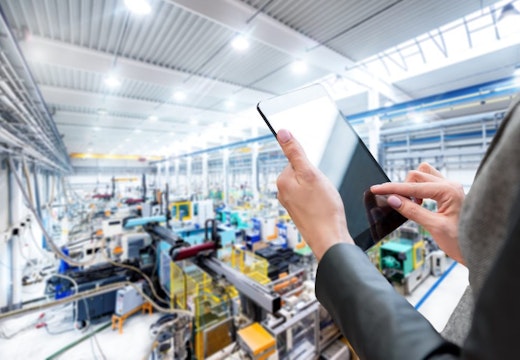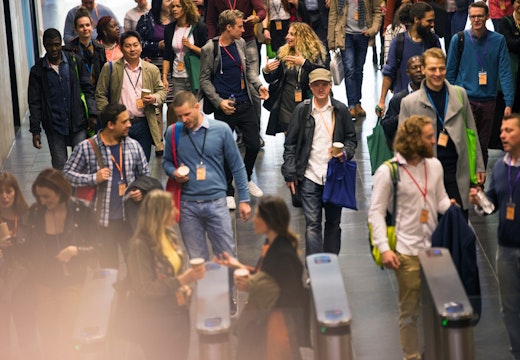The right to light: the value of human-centric lighting
From circadian rhythms to optimised performance, human-centric lighting goes far beyond our ability to see, according to the scientific evidence
Scientific evidence has repeatedly found that lighting has a fundamental impact on human mood, behaviour, focus and alertness. Yet many traditional organisations have fitted out their workplaces with florescent lighting and poor access to natural light.
This regressive approach has seen the rise of human-centric lighting in recent years. Based on the growing body of research, human-centric lighting is informed by IoT approaches to enhance human performance and wellbeing with light. This includes using light systems to engage with human circadian rhythms – the natural 24-cycle of sleeping and waking, prompt creativity and improve moods. The power of lighting is much stronger than just a visual aid.
Human-centric lighting isn’t just for the favoured few. The WELL Building Standard has introduced 13 lighting design categories that can promote better health and wellbeing indoors. These categories range from colour quality to glare reduction.
More than mood lighting
Human-centric lighting is often associated with tuneable lighting, which is often found in conference rooms to adjust the lights as people are presenting. However, it is much more than this – human-centric lighting uses IoT sensors to pick up on the vocal stress patterns of people in a room and adjust the lighting in response to promote relaxation. Different variations of light configurations can promote collaboration and focused work, and have a fundamental impact on how we perceive our environment.
Supporting circadian rhythms
Interior lighting can be programmed to change over the course of the day to mimic the effect of daylight. In the morning, gradual illumination stimulates the production of cortisol that promotes wakefulness, whilst in the evening the light would adjust to stimulate melatonin, the hormone that helps us sleep. This helps maintain a smooth circadian rhythm and connection to nature, especially in workplaces that lack access to natural light.
Human-centric light can also provide lighting appropriate for different tasks. IoT sensors can pick up on gestures and respond to voice commands to establish the right illumination for the task at hand. The technology is even moving into wearable devices which can enable lighting to automatically respond to biometric data.
Light beyond sight
The next wave of human-centric lighting is currently being researched as scientists look beyond the human 24-hour internal clock. Researchers have found that the impact of light on human processes could go beyond just sight. As this research continues to evolve, we may find that lighting is an innately personal consideration regarding our bodies and needs to be precisely calibrated accordingly.
More on The Value of Human-Centric Lighting here.








